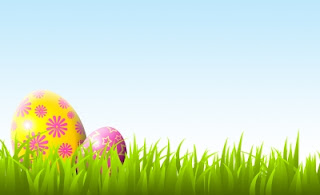T. S. Eliot’s use of symbols in his poetry
T. S. Eliot is one of the most influential poets of
the modern age. Blessed with a terrible mind, he has become a proverbial name
in the realm of modern poetry for his use of symbols and images in his poetry.
It is a well-known fact that Eliot was much
influenced by the French Symbolists, especially by Laforgue, Mallarme and
Gautier. Eliot praised Donne for the reason that drew him to the French
Symbolists. It is symbols that enable him to express the mysterious, the
obscure, the complex and the new. To quench the thirst of spiritual attainment,
he has to depict and interpret the abstract and the mystical by means of
symbols alone.
As a traditionalist, Eliot adopts certain conventional
symbols and images in his poetry. Thus, he chooses the cross for Christianity;
deserts, dust and the wasteland for infertility in spiritual terms; water
especially as rain or flood for spiritual revival or awakening; the rose for
love; the fog, the evening and night for the lost soul wandering in a twinkling
twilight world.
In ‘Four Quartets’, there is a distinct
group of images and symbols of special significance. This group centres on
gardens, and includes such associated details as flowers, fountains, yew-trees,
birds, children the apple, etc. The gardens symbolize the place where
significant things happen, experiences of special meaning to the people
concerned, towards fulfillment or loss. The garden in ‘Ash Wednesday’ signifies
the spirit’s longing to turn away from the beauteous world and it becomes the
rose garden in the ‘Four Quartets’, especially in ‘Burnt Norton’ where it
stands for a place of release from the bondage of earth and time. Here it
symbolizes the spiritual experience.
In ‘Four Quartets’, Eliot uses a few recurring symbols
such as the river, the sea, the rose, the rock. Mark here Eliot makes use of
these two symbols in ‘Four Quartets’:
I dot know much about gods; but I think that the river
Is a strong brown god…….’
And thereafter:
‘The river is within us, the sea is all about us.’
‘The Waste Land’ deals with a symbolic
theme. The Waste Land
Eliot derives from the conventional ironic,
rather from the serious-aesthetic, tradition of symbolism. He tries to
‘transmit an objective view of society using an impersonal symbolism’. He has
sustained better the correspondence between symbol and reality.




Comments
Post a Comment